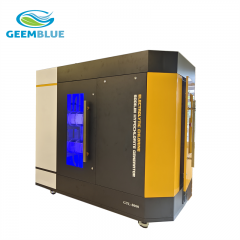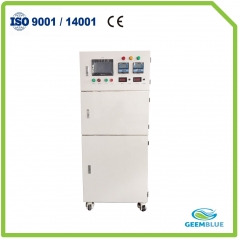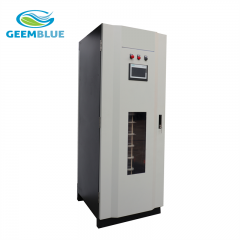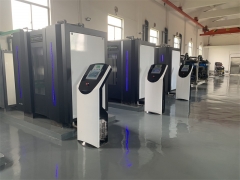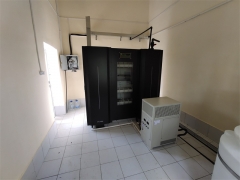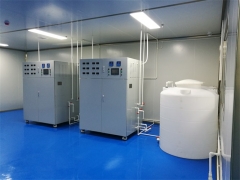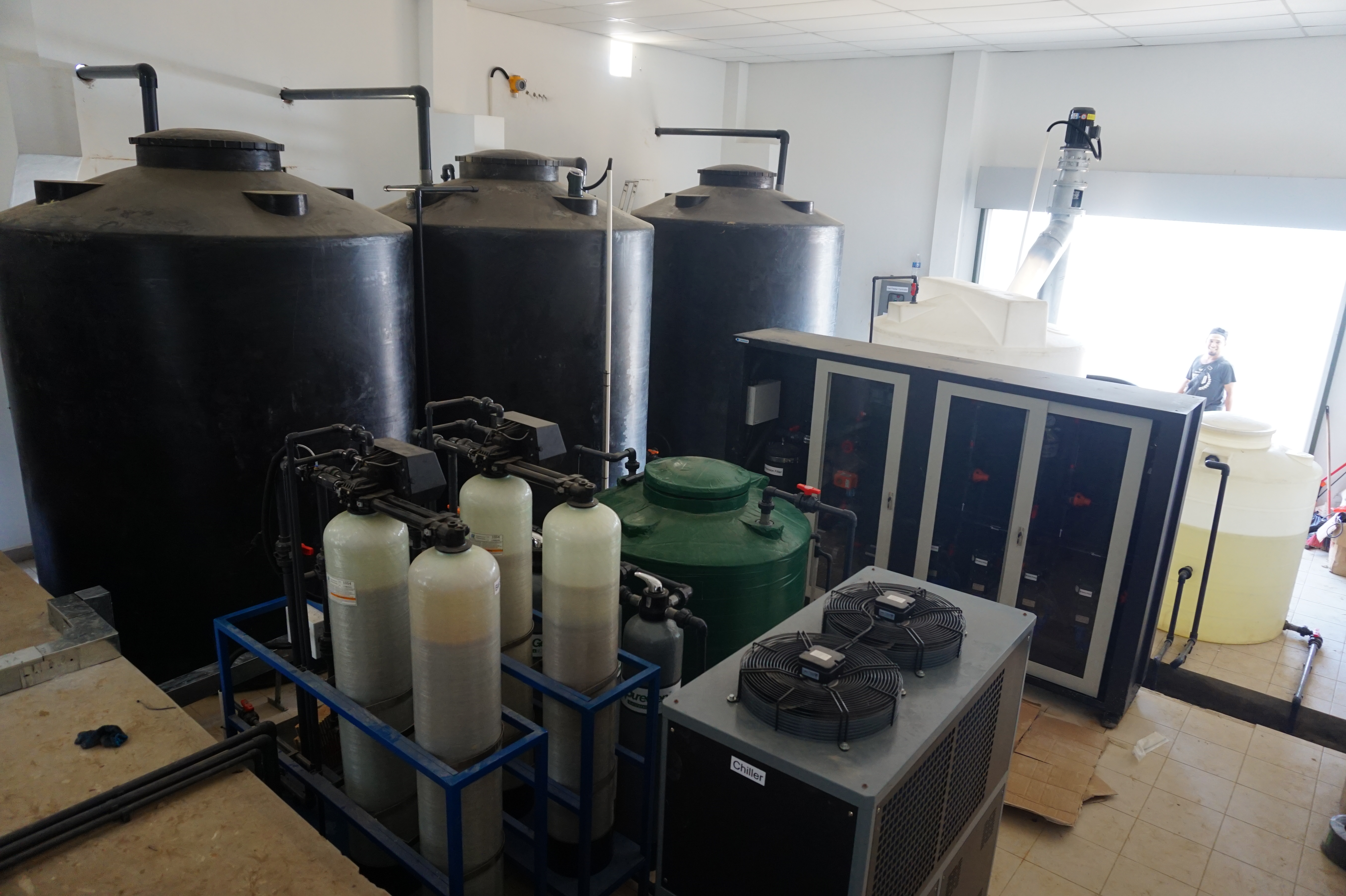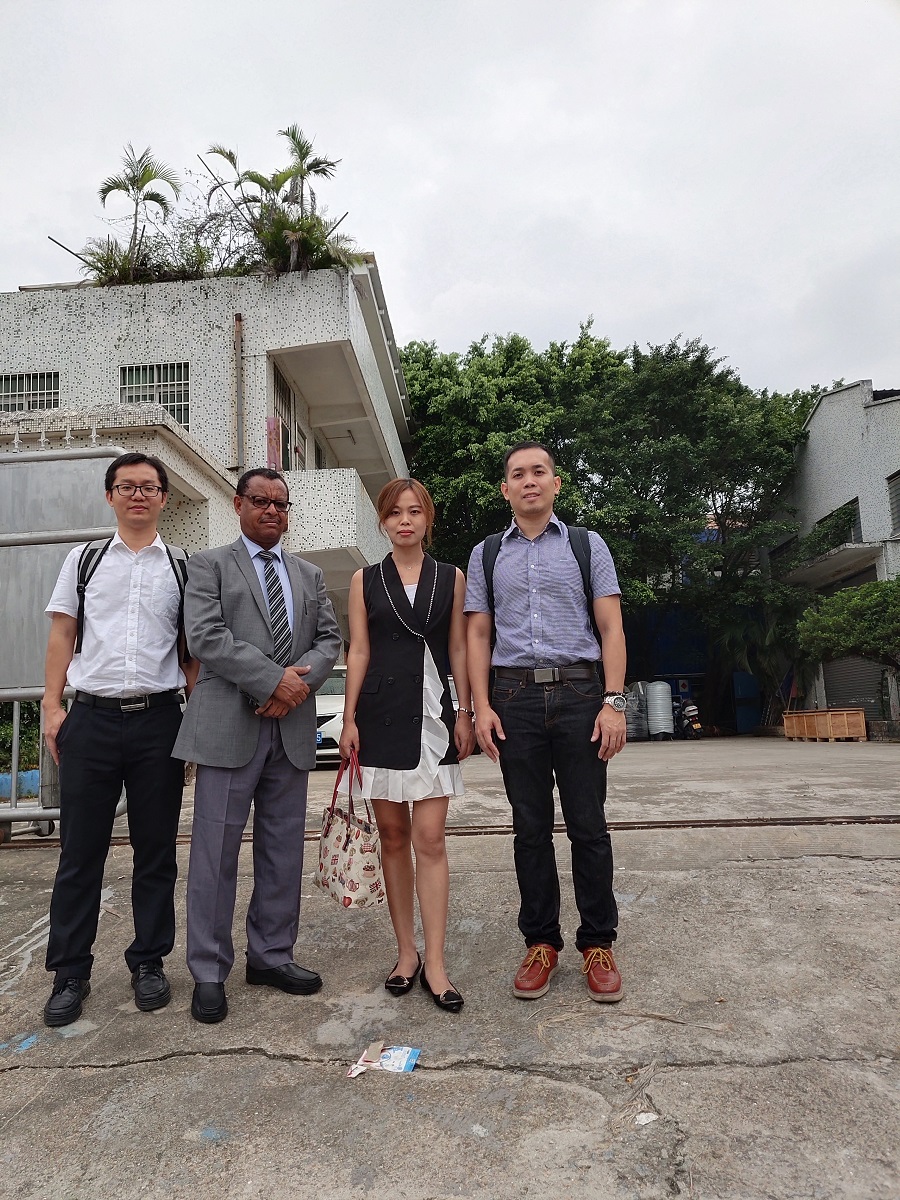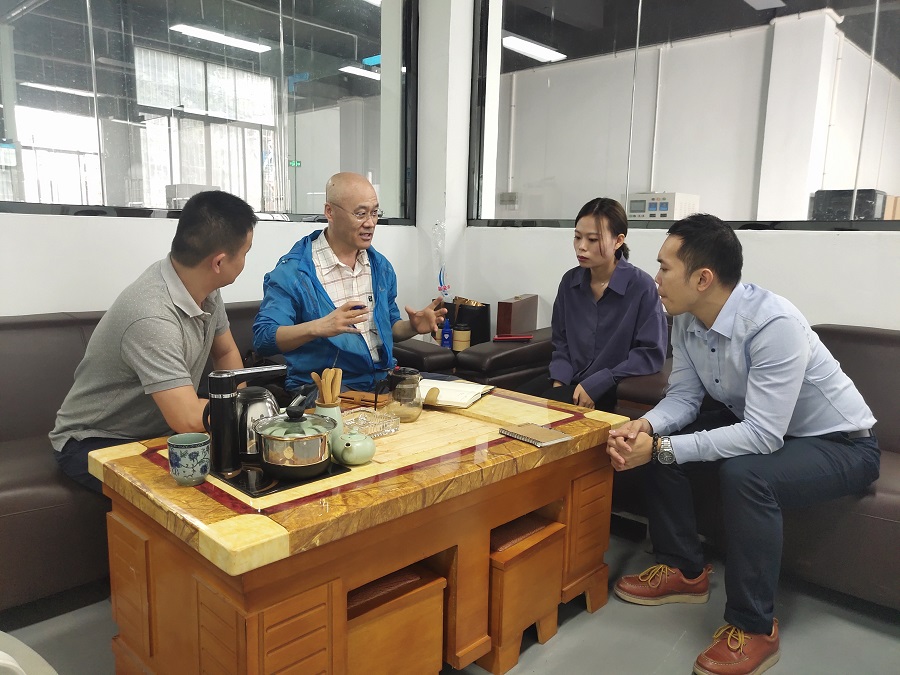Safeguarding Drinking Water: Understanding the Unseen Guest—Chlorate—and New Strategies for Comprehensive Control
Chlorate: Why the Global Concern?
Chlorate is a compound formed when chlorine is in a highly oxidized state. It emerges as a potential disinfection by-product during water treatment and is facing increasingly strict scrutiny from regulators worldwide.
Research indicates that the health risks of chlorate cannot be ignored. It may:
Disrupt Thyroid Function: Inhibit the body's absorption of iodine (particularly in children and infants), affecting the normal synthesis of thyroid hormones.
Impact Blood Health: Potentially adversely affect the production of red blood cells.
Global Standards Vary, But the Consensus is Clear: Strict Control is Necessary
While the regulatory limits for chlorate in drinking water differ across the globe, reflecting local risk assessments and management strategies, the common trend is toward strict control:
World Health Organization (WHO) & China: 700 μg/L
U.S. Environmental Protection Agency (EPA): 210 μg/L (Health Reference Level)
European Commission: 250 μg/L
Canada: 1000 μg/L
Despite the varying standards, the message is unequivocal: the chlorate content in drinking water must be effectively managed.
Tracing the Source: Where Does Chlorate Come From?
While water disinfection is crucial for safety, chlorate is an "accidental byproduct" of this very process. Its primary source is the bulk storage of sodium hypochlorite disinfectant.
During storage, hypochlorite ions spontaneously degrade through the following reaction:
3ClO⁻ → ClO₃⁻ + 2Cl⁻
The rate of this process is heavily influenced by several factors:
Concentration: Higher initial concentrations of sodium hypochlorite lead to faster degradation.
Time: The longer the storage duration, the more chlorate is generated.
Temperature & Light: Elevated ambient temperatures and direct sunlight significantly accelerate the reaction.
pH Value: The acidity or alkalinity of the solution also affects the degradation kinetics.
The Solution: Shifting from Passive Storage to On-Site Generation
The traditional method of relying on purchased and stored sodium hypochlorite inevitably faces the issue of chlorate accumulation. Conventional measures to minimize its formation include reducing inventory turnover, storing at low temperatures in the dark, and procuring lower-concentration products. However, these methods often address the symptoms, not the root cause.
A more fundamental solution is adopting on-site electrolytic sodium hypochlorite generation technology. This method produces a low-concentration sodium hypochlorite solution on demand by electrolyzing salt water and immediately dosing it, thereby drastically reducing the storage环节 and suppressing chlorate formation at the source.
Comprehensive Advantages of On-Site Sodium Hypochlorite Generation:
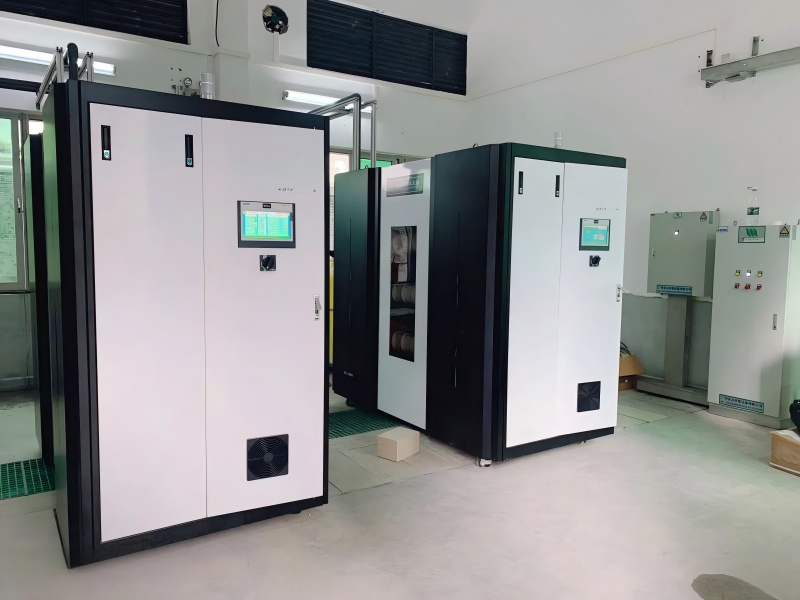
Enhanced Safety: The on-site generated sodium hypochlorite is very dilute (approx. 0.8%), classifying it as a non-hazardous chemical, significantly reducing risks associated with transport, storage, and handling.
Significant Economic Benefits: The cost of self-generating sodium hypochlorite is often more advantageous than purchasing commercial bleach and helps avoid market price fluctuations.
Superior By-Product Control: The "generate-and-use-immediately" nature means hypochlorite has little time to degrade, resulting in exceptionally low chlorate levels.
Highly Reliable Supply Chain: The core raw materials are merely salt, water, and electricity, eliminating dependence on complex chemical supply chains and ensuring the autonomy and continuity of the plant's disinfection process.
Environmental Friendliness & Sustainability: Reduces carbon emissions associated with chemical transportation and generates almost no waste, representing a greener water treatment choice.
Technological Breakthrough: How Geemblue's Electrolysis System Achieves "Ultimate" Control?
While the electrolysis process itself can produce trace amounts of chlorate, technological advancements now enable precise control. Geemblue, leveraging its deep technical expertise, has made key breakthroughs in electrode coating and system process design, using a multi-pronged approach to minimize chlorate generation to the extreme:
Core Process Optimization: Increasing brine concentration, enhancing fluid velocity within the electrolyzer, and optimizing operating current to create an electrochemical environment unfavorable for chlorate formation.
Proprietary Electrode Coating: Utilizing a specially formulated electrode coating to suppress side reactions at their electrochemical root.
Intelligent Temperature Control: A unique split-flow cooling technology ensures the solution remains within the optimal temperature range throughout the generation process.
Scientific Concentration Management: Producing a sodium hypochlorite solution at an optimal concentration to ensure maximum stability during its short dosing cycle.
Thanks to these cutting-edge technologies, the GeemblueSodium Hypochlorite Generator can stably control chlorate generation to less than 100 micrograms per milligram of available chlorine. This exceptional performance not only easily complies with the world's most stringent current standards but also provides a solid technical reserve for meeting potentially stricter future regulatory requirements, setting a new benchmark for drinking water safety.

